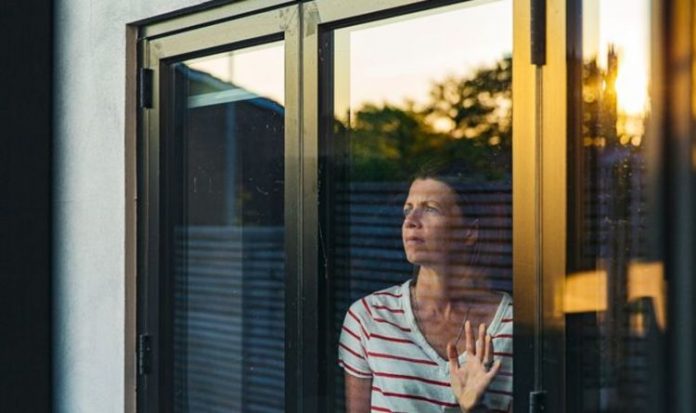The ‘R’ rate measures the rate of infection that averages how many people are being infected by just one person. Officials have been using the data to help the Government relax the lockdown measures in place. The ‘R’ rate also indicates how fast coronavirus is likely to spread, figures which vary across the UK. Professor Keith Neal, an expert in epidemiology and infectious disease at the University of Nottingham, said: “As the number of cases fall, everybody’s risk falls.”
How to check if the ‘R’ rate near you has spiked
On June 25, NHS England revealed the latest ‘R’ value in each region. These are:
England – 0.7-0.9
East Anglia – 0.7-0.9
London – 0.7-0.9
Midlands – 0.7-.09
North East and Yorkshire – 0.7-0.9
North West – 0.7-1.1
South East – 0.7-0.9
South West – 0.6-0.9
The rates have been rising and falling often in recent times.
READ MORE: Coronavirus warning – the ‘unusual’ and painful skin symptoms
Education Secretary Gavin Williamson said the ‘R’ rate was under 1.0 across the board on June 9, only for regions like the South West to rise to 1.1 just three days later.
The Government are now producing regular updates in terms of the ‘R’ rate, after publishing their first findings on June 12.
Previously, the only data seen publicly was from Public Health England and medical researchers.
The University of Cambridge regularly nowcast and forecast COVID-19 infections for regions across the UK, allowing you to monitor the ‘R’ rate in your area.
The forecast is updated every few days, as opposed to on a daily basis.
There are also differences in how people live together, with people usually living in bigger families and groups outside of cities.
Similarly, places with higher levels of poverty, unemployment and deprivation will also affect the R rate.
Speaking at the daily Downing Street press conference, heath secretary Matt Hancock said keeping the rate below one was vital as deaths climbed in excess of 40,000.
Mr Hancock said: “The discussion of the higher R in the northwest and the southwest that is estimated compared to the rest of the country is an important part of moving towards a more localised approach, rather than a national approach to the lockdown.
“It is very important that you look at all of these studies in the round. The overall assessment that is brought together by SAGE that advises the chief medical officer is the one that I look at.”
Mr Hancock said the Government was increasingly interested in dealing with regional flare-ups with local lockdowns, rather than measures that would affect the whole country.
It comes as a lockdown has been imposed in Leicester, following a spike in the R rate in the city.
Mr Hancock said: “Unfortunately, while cases in most parts of the country have fallen since the peak, in Leicester they have continued to rise.
“The 7-day infection rate in Leicester is 135 cases per 100,000 people, which is three times higher than the next highest city.
“Leicester accounts for around 10 percent of all positive cases in the country over the past week.”







